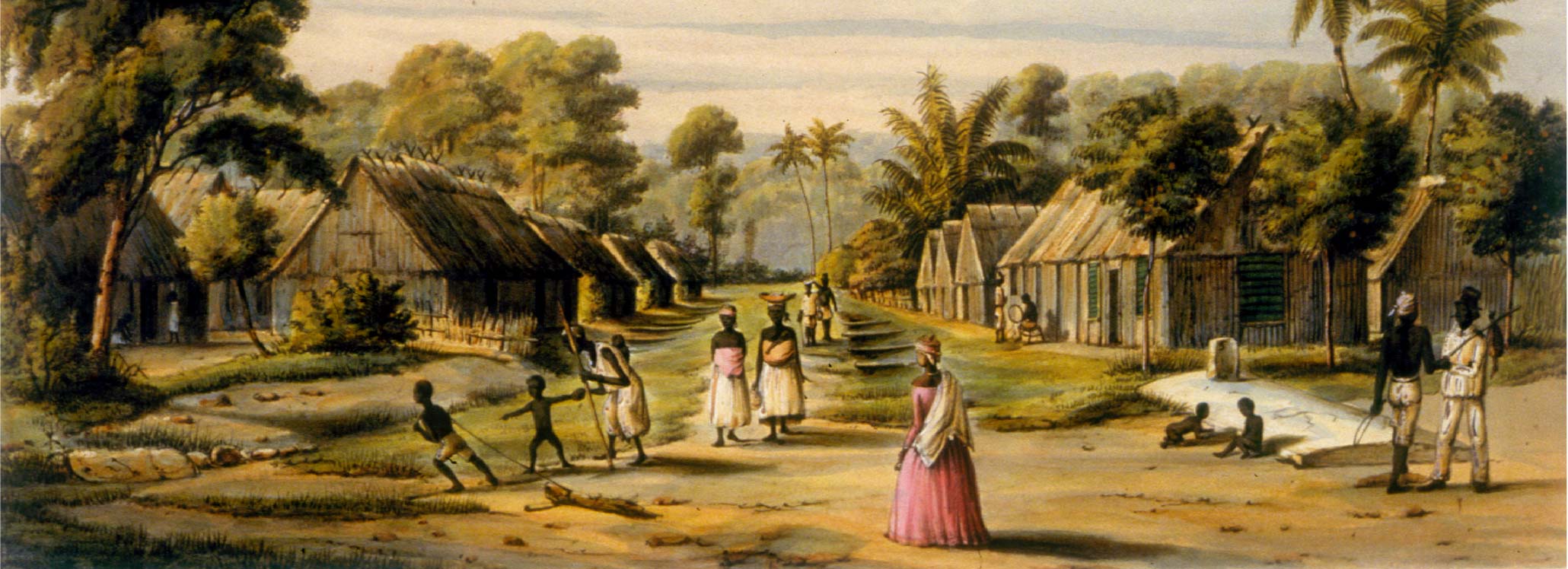Jacob D. Green (24 Aug. 1813— ?), formerly enslaved antislavery lecturer, was born in Queen Anne's County, Maryland. The names of his parents are unknown, but he is recorded as the property of Judge Charles Earle. In Narrative of the Life of J. D. Green, a Runaway Slave, from Kentucky (1864), Green recounts that as a child he was employed as an errand boy, a cowherd, and a houseboy. When he was about twelve years old, his mother was sold to a trader named Woodfork. Green never saw her again.
As a teenager Green began to attend a black church. He was taught to defer to white men and to accept abuse without retaliation. Green witnessed the brutal flogging of slaves and was himself flogged by his master for disobedience. At age seventeen Green fell in love with a young woman named Mary who was owned by Dr. Tillotson, a neighboring slave owner. This youthful affair ended with his rejection, and Green subsequently married Jane, one of Judge Earle's slaves.
Five months after their marriage Jane gave birth to a nearly white child, whose father was Judge Earle. In the next six years Green and his wife had two of their own children. Judge Earle, whose first wife had died, married Dr. Tillotson's daughter. As a condition of their marriage, Earle was required to sell any female slaves with whom he had had sexual relations. While Green was away on an errand, his wife was sold to a trader.
Green, who had been known as “one of the most devout Christians among the whole Black population” (Narrative, 22), now contemplated running away, despite his belief that to do so was a sin. He stole a horse and fled to Baltimore, where he discovered that the authorities were already looking for him. After several near-captures and skirmishes with bloodhounds, Green reached Chester, Pennsylvania, where a Quaker took him into his home. Unwilling to venture farther north to Canada, Green began to work outside of Philadelphia, but when his employer went bankrupt he was arrested and sent back to Maryland.
Green was auctioned off for $1,025 and sent to Tennessee. After three years he was hired out as a servant to Mr. Steele, a gentleman who was visiting New Orleans. He managed to escape again by stowing himself aboard a ship and made it as far as Utica, New York. There he was recaptured and sent to Ohio, where he spent time in and out of prison. He was eventually sold to a man in Kentucky, where he worked as a coachman and house servant. He succeeded in escaping a third time, this time disguised as a woman. After days of traveling on train and steamboat, Green successfully reached Toronto, Canada, in 1848.
From there Green emigrated to England three years later. Like many fugitive slaves he sought asylum in the British Empire, where slavery had been abolished in 1833. He became an antislavery lecturer, speaking in schoolrooms and churches about slavery and the Civil War. In 1864 he published the Narrative of the Life of J. D. Green, a Runaway Slave, from Kentucky, Containing an Account of His Three Escapes, in 1839, 1846, and 1848 in Huddersfield, West Yorkshire, England. After this date Green disappears from the historical record.
A version of this article originally appeared in African American National Biography.Bibliography
Green, Jacob D. Narrative of the Life of J. D. Green, a Runaway Slave, from Kentucky, Containing an Account of His Three Escapes, in 1839, 1846, and 1848 (1864)
Andrews, William L. To Tell a Free Story: The First Century of Afro-American Autobiography, 1760–1865 (1986)
Andrews, William L., and Henry Louis Gates Jr., eds. American Slave Narratives (2000). Starling, Marion Wilson. The Slave Narrative: Its Place in American History (1982).
Author
Julia Sun-Joo Lee
Adapted by
Jennifer Mojica Santana
Contributing Institutions
Hutchins Center for African & African American Research, Harvard University, Cambridge, MA.
Oxford University Press (USA) African American Studies Center.





